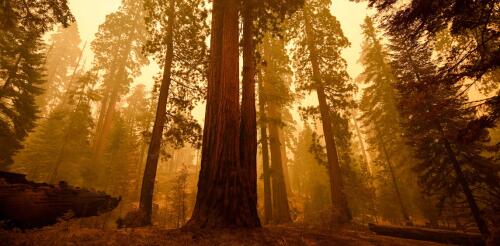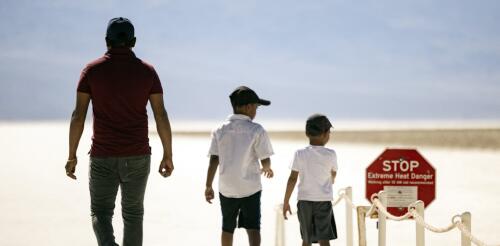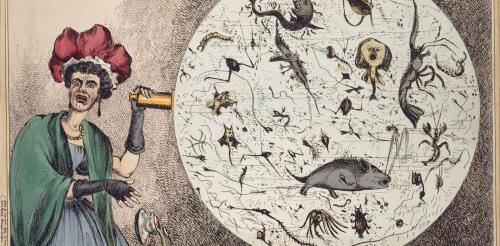Climate change
In late spring, estuaries along the U.S. Gulf Coast come alive with newborn fish and other sea life. While some species have struggled to adjust to the region’s rising water temperatures in recent years, one is thriving: juvenile bull sharks. We study this iconic shark species, named for its stout body and matching disposition, along the Gulf of Mexico. Over the past two decades, we have documented a fivefold increase in baby bull sharks in Mobile Bay, Alabama, and a similar rise in several Texas estuaries, as our new study shows. Despite the bull shark’s fearsome reputation, baby bull sharks are not cause for concern for humans in these waters. While adult bull sharks are responsible for an occasional unprovoked attack, baby bull sharks haven’t fully developed the skills needed to hunt larger prey. And you’re still far more likely to be killed by bees, wasps or snakes than sharks. The fascinating life of a young bull shark Most sharks are fully marin...
Europe is in the midst of a heat wave, and while Olympic athletes in Paris for the 2024 Summer Games might be spared the worst of it, the weather will still be hot. As global temperatures have risen, major sporting events like the Olympics and FIFA World Cup have had to adapt to high heat and extreme storms to keep athletes and fans safe and allow the games to go on. Olympic organizers have moved events such as marathons to early mornings and even to cooler cities. FIFA, the governing body for world soccer, pushed the 2022 Men’s World Cup back from its usual time in June to late November so it could be held in Qatar. Many of the Olympic events, such as beach volleyball, will be played outside in the heat. AP Photo/Thomas Padilla The heat risks and the environmental impact of major sporting events have led some people to question whether these events should be held at all. But as someone who st...
When wildfire smoke is in the air, doctors urge people to stay indoors to avoid breathing in harmful particles and gases. But what happens to trees and other plants that can’t escape from the smoke? They respond a bit like us, it turns out: Some trees essentially shut their windows and doors and hold their breath. As atmospheric and chemical scientists, we study the air quality and ecological effects of wildfire smoke and other pollutants. In a study that started quite by accident when smoke overwhelmed our research site in Colorado, we were able to watch in real time how the leaves of living pine trees responded. How plants breathe Plants have pores on the surface of their leaves called stomata. These pores are much like our mouths, except that while we inhale oxygen and exhale carbon dioxide, plants inhale carbon dioxide and exhale oxygen. A highly magnified view of stomata in a maize leaf. Umberto Salvagnin/Fli...
A month into summer 2024, the vast majority of the U.S. population had already experienced at least one extreme heat wave, and millions of people were under heat alerts, with forecasts warning of more ahead. Death Valley hit 125 degrees Fahrenheit (51.7 Celsius) or higher for nine consecutive days in early July. Las Vegas broke its all-time heat record at 120 F (48.9 C). Days of 100-degree heat dried out the California landscapes, fueling wildfires there and in the Northwest. Oregon reported several suspected heat deaths. Globally, the planet had its hottest day in at least eight decades of recordkeeping on July 21 – and then broke the record again on July 22, according to the European Union’s Copernicus Climate Change Service. The extreme heat is part of a longer trend: Each of the past 13 months has been the hottest on record for that month globally, including the hottest June, the EU service reported in early July. It also found that the average temperature for t...
Strange as it may seem, early germ theorists could tell us a lot about today’s attitudes toward climate change. While researching for a new book about the history of emerging infections, I found many similarities between early debates over the existence of microbes and current debates over the existence of global warming. Both controversies reveal the struggles of perceiving an unseen threat. Both reveal the influence of economic interests that benefit from the status quo. But most importantly, both reveal how people with different beliefs and interests can still agree on key policies and practices for tackling a global problem. What you can’t see might hurt you Seeing is believing, and until the mid-19th century, it was very difficult to see the tiny organisms responsible for our so-called “fever” diseases. Although the indirect evidence was compelling, many people remained skeptical of “animalcules” – as microorganisms were once cal...



